Introduction
Rust stains on clothes can be quite stubborn and challenging to remove. These stains are typically caused by the oxidation of iron particles found in water, metal objects, or rust-prone surfaces. When dealing with rust stains, it is crucial to identify effective stain removal methods. One common household remedy often suggested is using hydrogen peroxide. In this guide, we will explore the efficacy of hydrogen peroxide in removing rust stains from clothes. We will discuss the properties of hydrogen peroxide, application techniques, and important considerations to keep in mind. By understanding how hydrogen peroxide works, you can confidently attempt to remove rust stains and restore the appearance of your clothes.
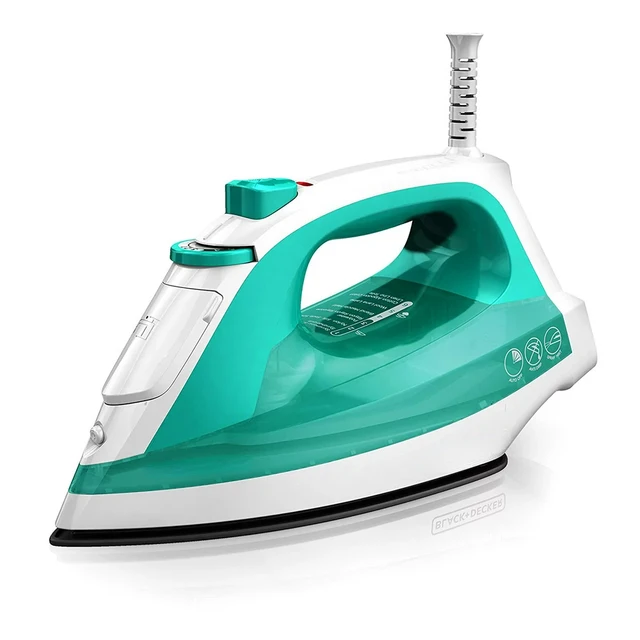
Does peroxide remove rust from clothes?
Properties of Hydrogen Peroxide
1.1. Oxidizing Agent
Hydrogen peroxide is a powerful oxidizing agent, commonly used as a cleaning and disinfecting agent. Its chemical structure (H2O2) contains an extra oxygen molecule, which allows it to break down and dissolve various substances, including rust.
1.2. Mild Bleaching Effect
Hydrogen peroxide also possesses mild bleaching properties, which can be beneficial for removing rust stains. However, it is important to note that prolonged exposure to hydrogen peroxide can result in color fading or bleaching of the fabric, especially with delicate or brightly colored garments.
Pre-Treatment Considerations
2.1. Fabric Compatibility
Before proceeding with any stain removal method, it is vital to check the care label on the garment for specific instructions and warnings. Some fabrics may not be compatible with hydrogen peroxide, and using it may cause further damage or discoloration.
2.2. Spot Testing
To ensure that hydrogen peroxide does not cause any adverse effects on the fabric, it is recommended to perform a spot test on a small, inconspicuous area of the garment. Apply a small amount of hydrogen peroxide to the test area and wait for a few minutes. If there are no negative reactions, such as color fading or fabric damage, you can proceed with confidence.
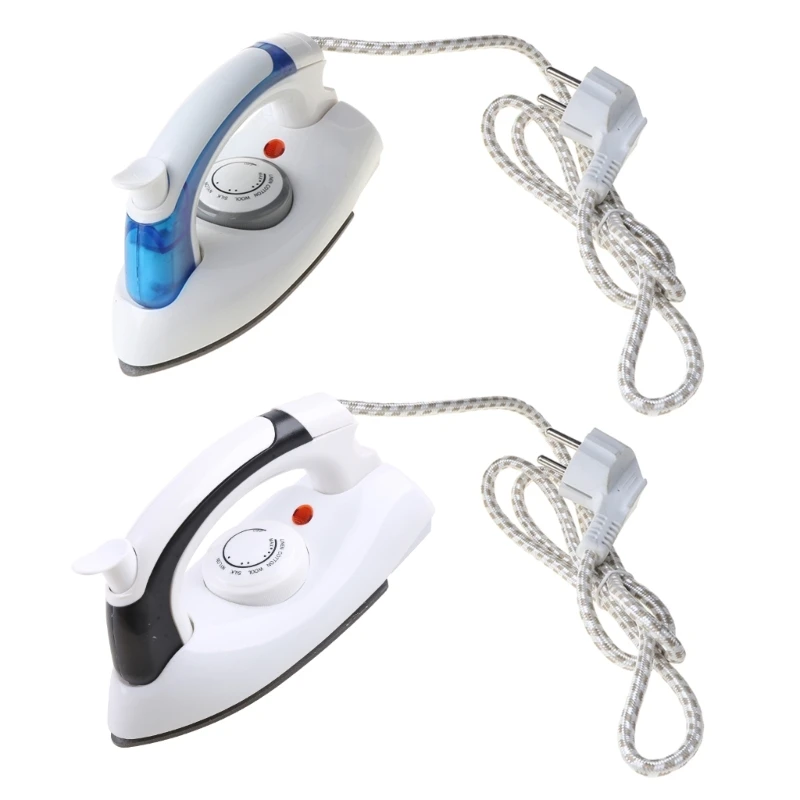
Application Techniques
3.1. Direct Application
For treating a rust stain on clothing, start by rinsing the affected area with cold water to remove any loose rust particles. Then, apply a small amount of hydrogen peroxide directly to the stain. Gently blot the stained area with a clean cloth or sponge, being careful not to rub the fabric vigorously, as this can spread the stain or damage the fibers.
3.2. Soaking Method
For more stubborn or set-in rust stains, a soaking method can be employed. Fill a basin or sink with a solution of equal parts hydrogen peroxide and water. Submerge the stained garment in the solution, ensuring that the rust stain is fully covered. Allow the garment to soak for at least 30 minutes, periodically agitating the fabric to encourage the release of the stain.
Stain Removal Techniques
4.1. Blotting and Dabbing
When treating rust stains with hydrogen peroxide, it is important to use a blotting or dabbing motion rather than rubbing the stain. Blotting helps to lift the rust particles from the fabric without spreading the stain or working it deeper into the fibers.
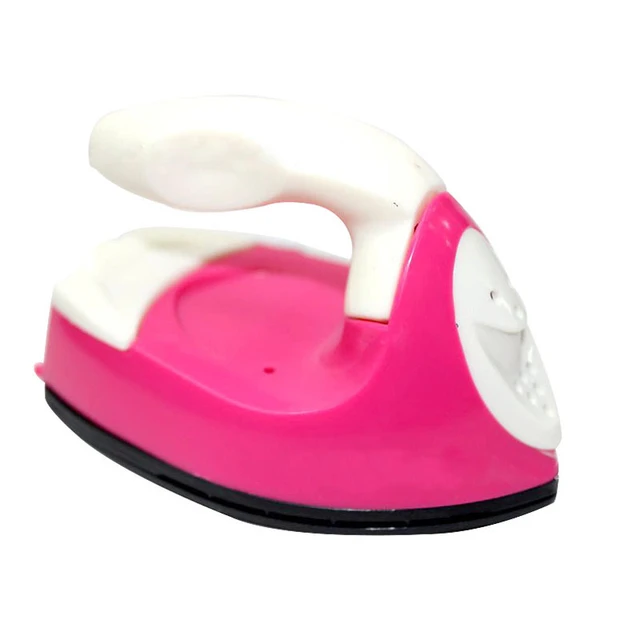
4.2. Scrubbing or Brushing
Avoid scrubbing or brushing the fabric vigorously, as this can damage the fibers or lead to color fading. If gentle blotting or dabbing does not completely remove the rust stain, it may be necessary to consider alternative stain removal methods or seek professional assistance.
Additional Considerations
5.1. Fresh vs. Set-In Stains
Hydrogen peroxide is most effective when used on fresh or recent rust stains. Older or set-in stains may require repeated application or alternative stain removal methods. It is advisable to treat rust stains as soon as possible to increase the likelihood of complete removal.
5.2. Laundering
After treating the rust stain with hydrogen peroxide, it is important to launder the garment as usual. Check the care label for specific washing instructions and select the appropriate cycle and detergent. Be sure to thoroughly rinse the garment to remove any remaining hydrogen peroxide.
5.3. Repeat Application
In some cases, a single application of hydrogen peroxide may not completely remove the rust stain. If there is still some trace of the stain after the initial treatment, repeat the process and allow the hydrogen peroxide to sit on the stain for a longer duration. Alternatively, consider combining hydrogen peroxide with other effective rust stain removal methods for more stubborn stains.
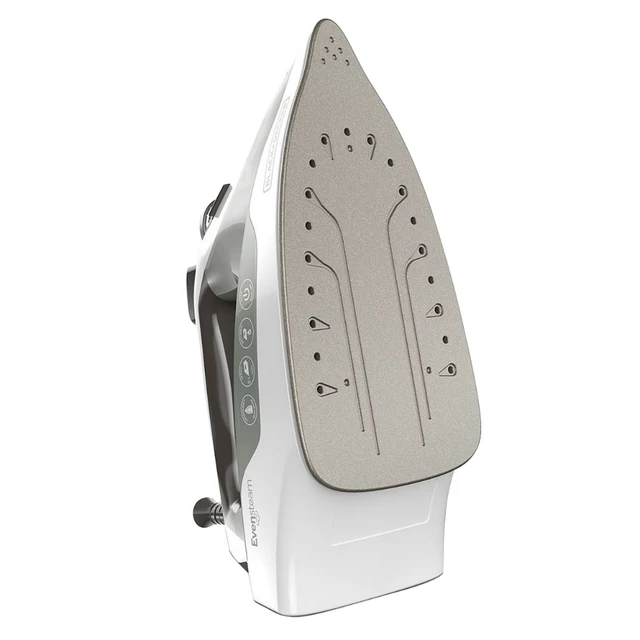
Alternative Rust Stain Removal Methods
6.1. Lemon Juice and Salt
A mixture of lemon juice and salt can be used as an alternative to hydrogen peroxide for rust stain removal. Apply the mixture directly to the stain, leave it to sit for a few minutes, then gently scrub the area with a cloth or sponge. Rinse thoroughly and launder the garment as usual.
6.2. Commercial Rust Stain Removers
There are various commercial rust stain removers available on the market. These products are specifically formulated to tackle rust stains effectively. Follow the instructions provided by the manufacturer for best results.
Seeking Professional Assistance
7.1. Delicate or Valuable Garments
For delicate or valuable garments, it is advisable to seek professional assistance for rust stain removal. Professional cleaners have the expertise and specialized equipment to effectively treat rust stains without causing further damage.
7.2. Stubborn Stains
If all attempts to remove the rust stain with hydrogen peroxide or alternative methods prove unsuccessful, it may be necessary to consult a professional cleaner. They can assess the fabric and implement specialized stain removal techniques to tackle stubborn rust stains effectively.
Safety Precautions
8.1. Protective Measures
When handling hydrogen peroxide, it is important to take necessary safety precautions. Wear protective gloves and eyewear to prevent direct contact with the solution. If hydrogen peroxide comes into contact with the skin or eyes, rinse thoroughly with water and seek medical attention if irritation occurs.
8.2. Proper Storage
Hydrogen peroxide should be stored in a cool, dry place away from direct sunlight and heat sources. Keep it out of reach of children and pets to prevent accidental ingestion.
Prevention of Rust Stains
9.1. Addressing the Source
To prevent future rust stains on clothes, it is important to address the source of the problem. Avoid storing metal objects or rust-prone items in close proximity to clothing. Keep clothes away from rusty surfaces or areas with high humidity.
9.2. Proper Maintenance
Regular maintenance and cleaning of metal objects, such as tools or appliances, can help prevent rust particles from transferring onto clothes. Wipe down metal surfaces before use, and ensure they are dry to reduce the likelihood of rust stains.
Post-Treatment Considerations
10.1. Color Fading or Bleaching
Hydrogen peroxide has mild bleaching properties, which may cause color fading or discoloration on certain fabrics. After removing the rust stain, check the treated area for any changes in color. If color fading occurs, consider using fabric dyes or specialized fabric markers to restore the original color of the garment.
10.2. Seeking Professional Advice
If you are unsure about the appropriate course of action for treating a rust stain or if the fabric is delicate or valuable, it is advisable to seek professional advice. Professional cleaners can assess the fabric and provide guidance on the best stain removal methods to avoid further damage.
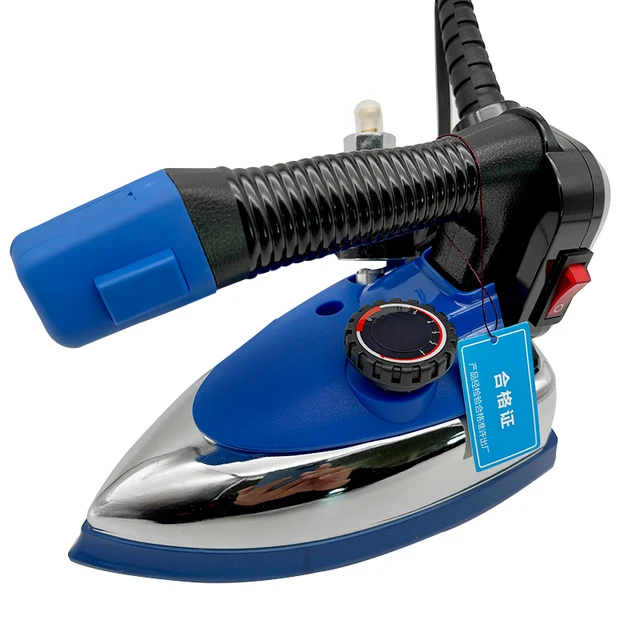
Conclusion
Hydrogen peroxide can be an effective tool for removing rust stains from clothes. Its properties as an oxidizing agent and mild bleaching agent enable it to break down iron particles and lift stains effectively. However, it is crucial to consider fabric compatibility and perform spot tests before applying hydrogen peroxide to the entire stained area. Remember to use a gentle blotting or dabbing motion, avoiding vigorous rubbing or scrubbing that could potentially damage the fabric. Fresh stains generally respond better to hydrogen peroxide treatment, and repeated applications may be necessary for stubborn or set-in stains. Alternative rust stain removal methods and professional assistance can be sought for delicate fabrics or particularly difficult stains. By applying these techniques and considerations, you can increase the chances of successfully removing rust stains from your clothes and restoring their appearance.

